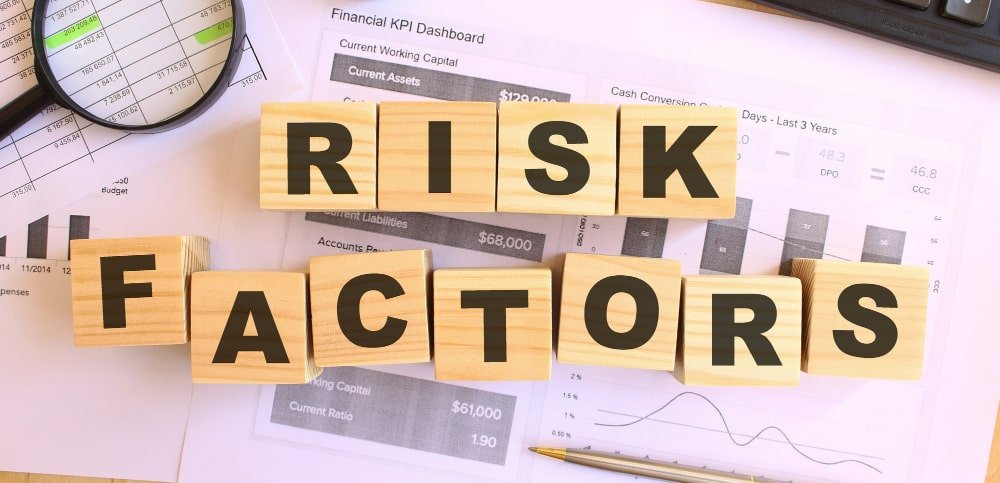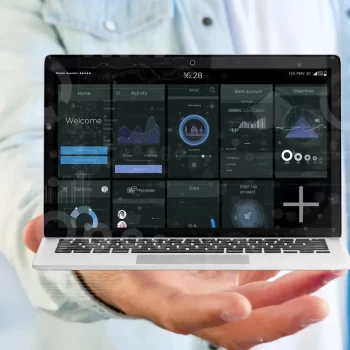It has been many years since organizations have woken up to the fact that implementing dynamic IT Asset Management (ITAM) practices isn’t just a luxury. It’s something that every organization is expected to have in place to boost operational efficiency, realize sizable cost savings, increase security governance, and, at times, even trigger business growth. However, as you already know, technological progress is paradoxical by nature. With every Ying, there’s a Yang.
In this case, the speed of ITAM innovation has been matched by an explosion of risks. So, unless you know these risks and how to mitigate them, no ITAM tool can help save the day.
Related blog: An Ultimate Guide To Understanding IT Risk Management
First, let’s peel back the layers of ITAM-related risks.
Types of IT Asset Management Risks
There’s a saying that goes, “Just because you’re paranoid doesn’t mean they aren’t after you.” In the case of ITAM, it rings true – unfortunately. After all, a lack of comprehensive ITAM solutions places organizations in the direct line of several threats, including:
Compliance Risk (R1): Without proper asset management, organizations may violate licensing agreements, which can lead to hefty penalties and tarnished reputations.
Financial Risk (R2): Unmonitored IT assets can lead to redundant spending, underutilized assets and software licenses, and unexpected costs.
Security Risk (R3): In an age where cyber-attacks are prevalent, inadequate tracking and managing of IT assets can make organizations susceptible to breaches.
Operational Risk (R4): Failing to oversee assets can hinder processes, disrupt workflows, and impact service delivery.
ITAM Strategies to the Rescue
Now that you understand the risks, knowing how to mitigate them is crucial. This may be complex, considering that each organization’s IT ecosystem may require different risk mitigation strategies. But here’s the good news. There are universal truths, as well, that can lead your organization to the promised land of risk-free ITAM. Some of these strategies include:
Better visibility for stronger compliance
Organizations can keep a firm grasp on compliance adherence by categorizing, monitoring, and documenting every piece of IT asset – hardware and software. Particularly, detailed monitoring of software licenses is crucial as it can lead to financial benefits, with potential cost savings reaching up to 30%. By actively managing these licenses, you can avoid unplanned expenses and costly compliance-related penalties.
Streamlined procurement and asset utilization
Efficient procurement processes paired with effective asset utilization strategies are integral to ITAM. Organizations that adopt this dual approach can eliminate redundant or impulsive purchases. Regular audits and evaluations of IT assets help in avoiding overlap and waste. Consequently, you can enjoy substantial cost savings of roughly 25-30% of the overall IT-related expenditures.
Intelligent maintenance and support
Proactive maintenance and timely support not only enhance asset longevity but also prevent unforeseen downtimes. That’s why automated ITAM workflows for tracking warranties and maintenance agreements go a long way. This systematic approach can lead to a potential reduction in costs by up to 20%, empowering you to channel resources to priority areas.
Continuous risk mitigation
A well-implemented ITAM tool acts as a protective shield for IT assets. Organizations stay one step ahead of potential vulnerabilities by continuously enhancing security protocols and adopting real-time monitoring of assets. Active surveillance and periodic security reviews also diminish the chances of cyber threats significantly. You can decrease the likelihood of data breaches, translating to a reduction in associated risks by up to 35%.
Increased workforce productivity
By minimizing manual intervention in asset management tasks, organizations can ensure IT teams can invest time in areas that drive real value. Automated processes facilitate quicker responses, accurate data retrieval, and reduced errors. Consequently, this approach can curtail the time devoted to asset management by a considerable 40%, freeing up your IT teams to focus on strategic and expansion-driven tasks.
How to Calculate the Cost Savings of Risk Mitigation?

To quote another saying – “Knowing is only half the battle.” Execution is everything. But how can you execute risk mitigation without understanding the amount of cost savings involved? So, here’s a simple way to calculate this.
First, let’s assign percentages to each risk and mitigation strategy discussed above. Please note that the below risk percentages could vary based on organizational structure and circumstances.
In this case, let’s consider all the risk types as ‘R’ and all the cost savings as ‘C’:
Compliance Risks
Risk Percentage (R1): 15% (Software licenses, audits, and potential legal penalties)
Mitigation Strategy: Enhanced visibility and compliance
Cost Savings (C1): Up to 30%
Financial Risks
Risk Percentage (R2): 20% (Unnecessary expenses, overspending on software or hardware, and budgetary issues)
Mitigation Strategy: Streamlined procurement and asset utilization
Cost Savings (C2): Up to 25%
Security Risks
Risk Percentage (R3): 25% (Software vulnerabilities, data breaches, cyber-attacks, loss of sensitive information)
Mitigation Strategy: Risk mitigation and security
Cost Savings (C3): Up to 35%
Operational Risks
Risk Percentage (R4): 40% (Delays in issue resolution and increased downtime, negatively impacting productivity and customer satisfaction)
Mitigation Strategy: Intelligent maintenance and support, time efficiency and workforce productivity
Cost Savings (C4): Up to 20%
To calculate the overall cost savings, we can use a weighted average method based on the risk percentages. Here’s an example calculation:
X = (C1*R1) + (C2*R2) + (C3*R3) + (C4*R4)
X = (Compliance Risk Savings * Compliance Risk Percentage) +
(Financial Risk Savings * Financial Risk Percentage) +
(Security Risk Savings * Security Risk Percentage) +
(Operational Risk Savings * Operational Risk Percentage)
X = (30% * 15%) + (25% * 20%) + (35% * 25%) + (20% * 40%) + (20% * 40%)
X = 4.5% + 5% + 8.75% + 8% + 8%
Overall Cost Savings (X) = 34.25%
Based on the provided percentages and risk mitigation strategies, the overall cost savings in IT Asset Management can be estimated to be approximately 34.25%.
This represents the potential cost reductions and operational efficiencies that can be achieved through the right ITAM practices.
So, the next time you think about risk mitigation across your IT asset ecosystem, crunch the numbers to understand just how valuable it can be!



















